
5 minute read
August 2023 Hybrid & Electric Vehicle Corner
by NACATNews
By Curt Ward, Professor at Joliet Junior College
My Electric Vehicle Will Not Charge
As I write this article the summer instructor conference schedule is under way. This is a fantastic time to get great training, fellowship with fellow instructors and get reenergized for the fall term. One of the topics that came up during a recent conference was EV charging. Specifically, what to teach as it relates to a non-charging event. One of the challenges in this type of problem is that the malfunction might be related to the vehicle, the charging equipment, or the driver’s ability to achieve a good connection at the vehicle’s charging port. In this article I will highlight the process of testing the onboard charging module in the vehicle and the charging station or cable with an EVSE tester. I am using our Nissan Leaf for the test; however, most electric vehicles will test in a similar manner. It should be noted that our vehicle and charging equipment is in proper working condition and the figures included are normal operation.
As with any problem, I always like to begin by verifying the complaint. With the charging cable connected to the vehicle I can visually inspect the charge indicator (See Figure 1 - Indicator Lamps). The blue indicator lamps not only indicate that the vehicle is charging, but also approximately how much of a charge is needed to be fully charged.
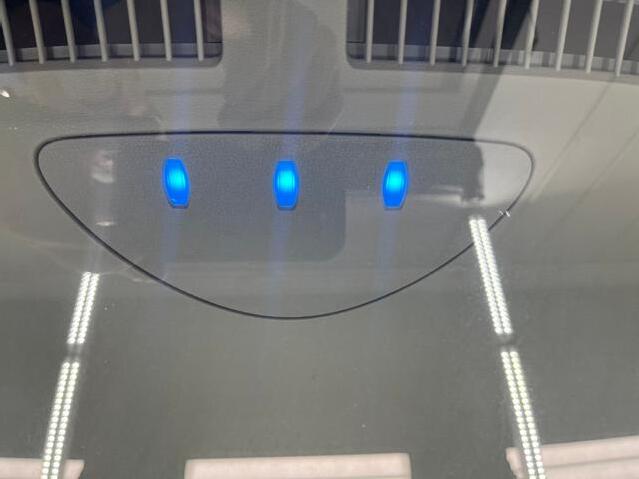
If the charge indicator lamps do not illuminate, I prefer to start my diagnosis on the vehicle with a visual inspection. Conditions such as corrosion, cracks, or discoloration at the charge port may indicate a possible problem. Second, use a factory level scan tool and perform a module scan and check for codes. Do not ignore any fault codes. I have found codes that seem unrelated may be the root cause of the problem. The onboard charging module live data stream is a great source of information. It will show items such as relay status, input voltage, system temperature, coolant level and more (See Figure 2 - Scan Tool). The vehicle will power on during a charging event, however, it will not go into a “Ready” mode when connected to a charging cable.
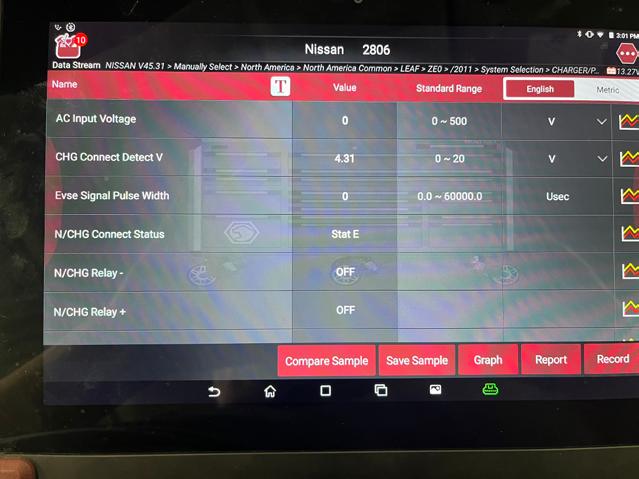
If the charge indicator lamps do not illuminate, I prefer to start my diagnosis on the vehicle with a visual inspection. Conditions such as corrosion, cracks, or discoloration at the charge port may indicate a possible problem. Second, use a factory level scan tool and perform a module scan and check for codes. Do not ignore any fault codes. I have found codes that seem unrelated may be the root cause of the problem. The onboard charging module live data stream is a great source of information. It will show items such as relay status, input voltage, system temperature, coolant level and more (See Figure 2 - Scan Tool). The vehicle will power on during a charging event, however, it will not go into a “Ready” mode when connected to a charging cable.
Assuming that no problems are found with the vehicle, testing can continue with the charging cable using the EVSE tester. These tools are available from a variety of sources but can be found for as little as $500 dollars. The tester allows for the testing of the source voltage, and the pilot signal. In my demonstration the EVSE tester is plugged into the charge cable. Using a standard DVOM I can determine that 120 volts AC is available on the cable and that the charge cable can see the request for voltage from the vehicle (See Figure 3 - DVOM). Additionally, I can connect a scope to the EVSE tester and verify the pilot communication between the cable and the tester is operating at the proper voltage levels (See Figure 4 - Pilot Communications)
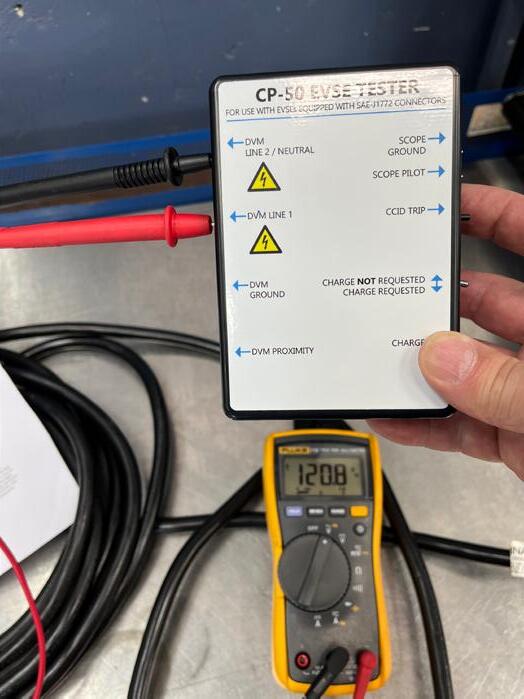
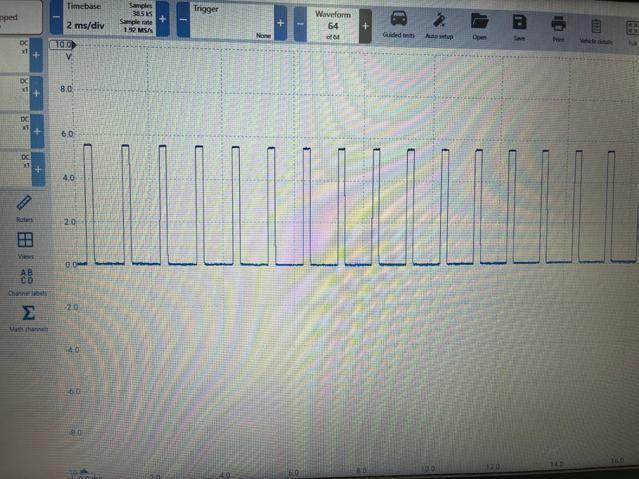
The last part of my diagnosis is to take the vehicle to a public charging station. I use the Charge Point charger on my campus (See Figure 5Charging Station). Using the app on my phone I can verify the vehicle will communicate with and receive a charge from a public charging station. Using these tools and processes, I can test all systems and components related to the vehicle.
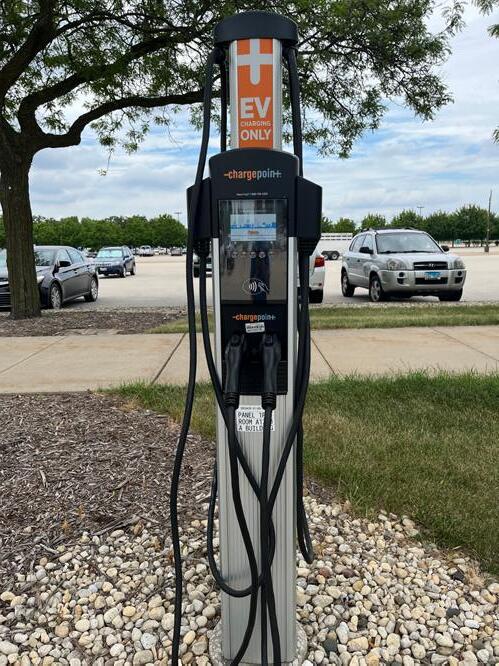
Despite these efforts, it is possible a problem could still exist. Many times, when a phone is updated, there is a need to update an app to restore functionality. Public charging stations rely on an Internet connection to communicate. If the Internet is offline, it is likely the charging station will not operate. Lastly, issues with local power grids can cause a public charging station to not charge, or to charge slowly. The Society of Automotive Engineers just released a set of standards for a charging station repair technician; however, that is an article for another day.
I will finish this article with the same offer I make after each of my presentations. If you are interested in getting started in the process of adding hybrid and electric vehicles to your curricuulum or want more information, please feel free to reach out. I am more than willing to sit down in-person or online and share my experiences. Are you looking for a classroom textbook? Reach out to Pearson and ask for a review copy of the all-new Electric and Hybrid Electric Vehicle text that Jim Halderman and I co-authored. It is a comprehensive text covering all the latest information on the subject.



